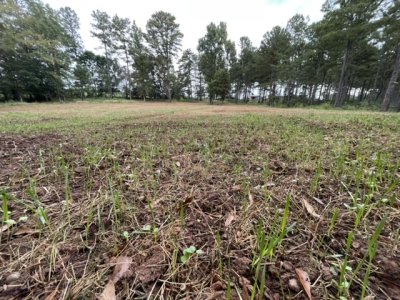I have never considered using a drill or a seeder, but am now- However, I don't know anything about them really.
Is there a difference between a drill and a seeder?
If I did make this purchase, I would be looking for one implement that I could plant basically any kind of seed- from CRP type of stuff, to corn, soybeans, brassicas, legumes and oats.
I do have a sprayer and traditional tillage equipment, so all options for no-till or conventional would be on the table. I have a 45HP to the PTO 4WD tractor to pull with.
My main requirement would be one implement to do all seed sizes- if there is such a thing.
Also, how much should I plan to spend on a new one.
Thanks in advance for the help!
Is there a difference between a drill and a seeder?
If I did make this purchase, I would be looking for one implement that I could plant basically any kind of seed- from CRP type of stuff, to corn, soybeans, brassicas, legumes and oats.
I do have a sprayer and traditional tillage equipment, so all options for no-till or conventional would be on the table. I have a 45HP to the PTO 4WD tractor to pull with.
My main requirement would be one implement to do all seed sizes- if there is such a thing.
Also, how much should I plan to spend on a new one.
Thanks in advance for the help!


